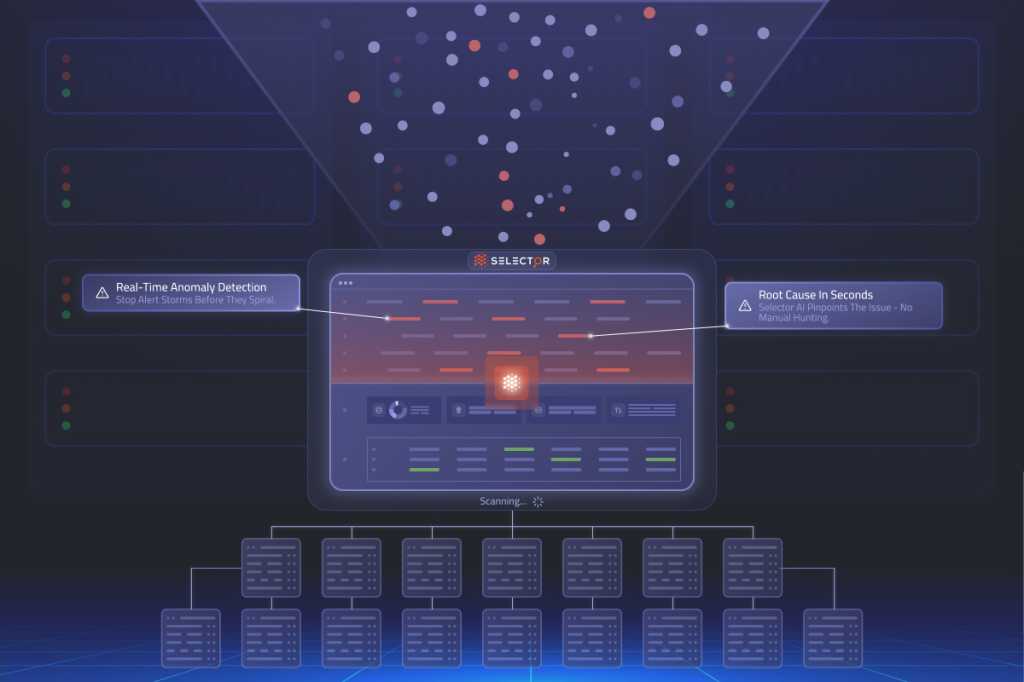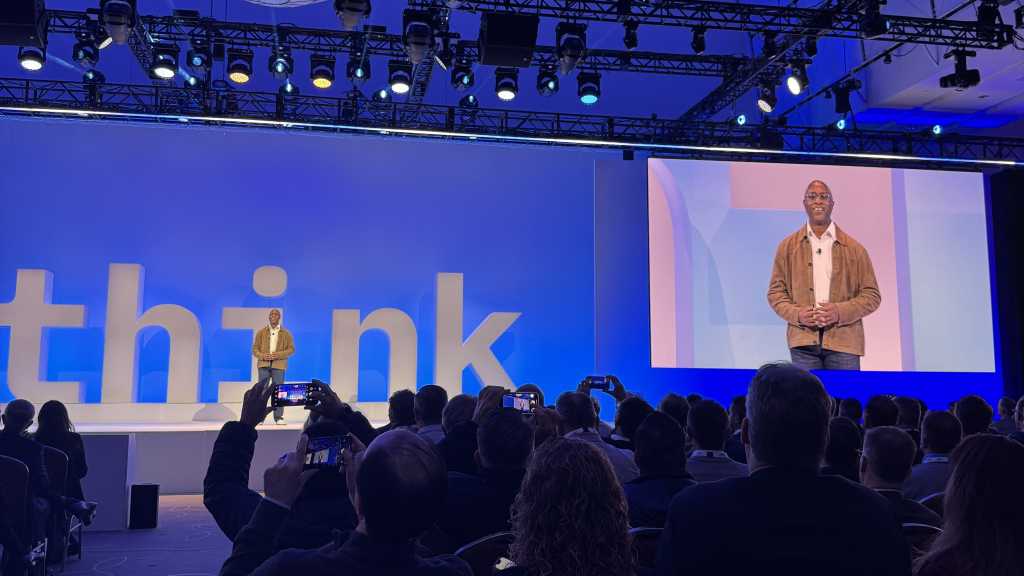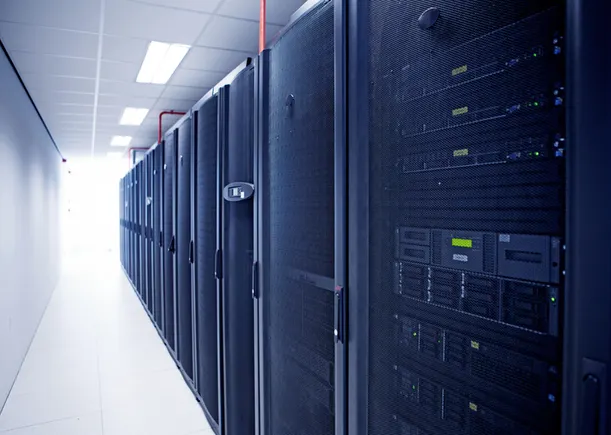
President Trump is visiting Saudi Arabia today, the key OPEC+ player, which has ramped up production to discipline non-compliant members by pressuring oil prices, Ole R. Hvalbye, a commodities analyst at Skandinaviska Enskilda Banken AB (SEB), stated in a SEB report sent to Rigzone on Tuesday.
“This aligns well with U.S. interests, especially with the administration pushing for lower crude and refined product prices for its U.S. domestic voters,” Hvalbye noted in the report.
“With Brent hovering around $65, it’s unlikely that oil prices will dominate the agenda during the Saudi visit. Instead, discussions are expected to focus on broader geopolitical issues in the Middle East,” he added.
Looking ahead in the report, Hvalbye said OPEC+ is expected to continue with its monthly meetings and market assessments.
“The group appears focused on navigating internal disputes and responding to shifts in global demand,” he stated.
“Importantly, the recent increase in output doesn’t suggest an oversupplied market here and now – seasonal demand in the region also rises during the summer months, absorbing some of the additional barrels,” Hvalbye added.
In a market analysis sent to Rigzone on Friday, Ahmad Assiri, Research Strategist at Pepperstone, highlighted the scheduled visit of President Trump to Saudi Arabia, noting that the trip is “likely to spotlight U.S. administration interests in keeping oil prices subdued”.
“This alignment in reduced oil price, though probably temporarily, may offer the nine-decade U.S.-KSA strategic partnership further prosperity, keeping in mind that Saudi Arabia burns three million barrels of oil every day to cover the country’s need for electricity,” Assiri noted in the analysis.
“A huge demand compared to the entire oil consumption of Japan in the absence of nuclear-powered stations, a domain where the United States holds a technological edge,” Assiri added.
“A nuclear-powered station deal with the U.S. means much more for the Saudis than what’s likely a short-term OPEC+ disagreement over quotas,” Assiri went on to state.
Rigzone has contacted the White House, the Saudi Ministry of Foreign Affairs, and OPEC for comment on Hvalbye and Assiri’s statements. At the time of writing, none of the above have responded to Rigzone.
A press statement posted on the U.S. Department of State website on May 11 highlighted that Secretary of State Marco Rubio will accompany President Trump to Saudi Arabia and Qatar, “where the President will look to strengthen ties between the United States and Gulf partners”.
“Secretary Rubio’s engagements with senior officials will advance solutions to global and regional challenges, expand bilateral trade and investment, and reaffirm our strategic partnerships,” the statement noted.
A post published on the Saudi Arabia Foreign Ministry’s official English X page on Tuesday showed a video of Trump arriving in the Kingdom and being greeted by the Crown Prince.
“HRH the Crown Prince and the President of the United States of America took a short break in the airport’s VIP lounge, during which they exchanged cordial conversations and enjoyed Saudi coffee,” a separate statement posted on the foreign ministry’s English X page stated.
A release posted on OPEC’s website on May 3 announced that Saudi Arabia, Russia, Iraq, UAE, Kuwait, Kazakhstan, Algeria, and Oman “will implement a production adjustment of 411,000 barrels per day in June 2025 from [the] May 2025 required production level”.
“The eight OPEC+ countries, which previously announced additional voluntary adjustments in April and November 2023 … met virtually on 3 May 2025, to review global market conditions and outlook,” the release noted.
“In view of the current healthy market fundamentals, as reflected in the low oil inventories, and in accordance with the decision agreed upon on 5 December 2024 to start a gradual and flexible return of the 2.2 million barrels per day voluntary adjustments starting from 1 April 2025, the eight participating countries will implement a production adjustment of 411,000 barrels per day in June 2025 from May 2025 required production level,” it added.
The release highlighted that “this is equivalent to three monthly increments” and pointed out that “the gradual increases may be paused or reversed subject to evolving market conditions”.
To contact the author, email [email protected]




















